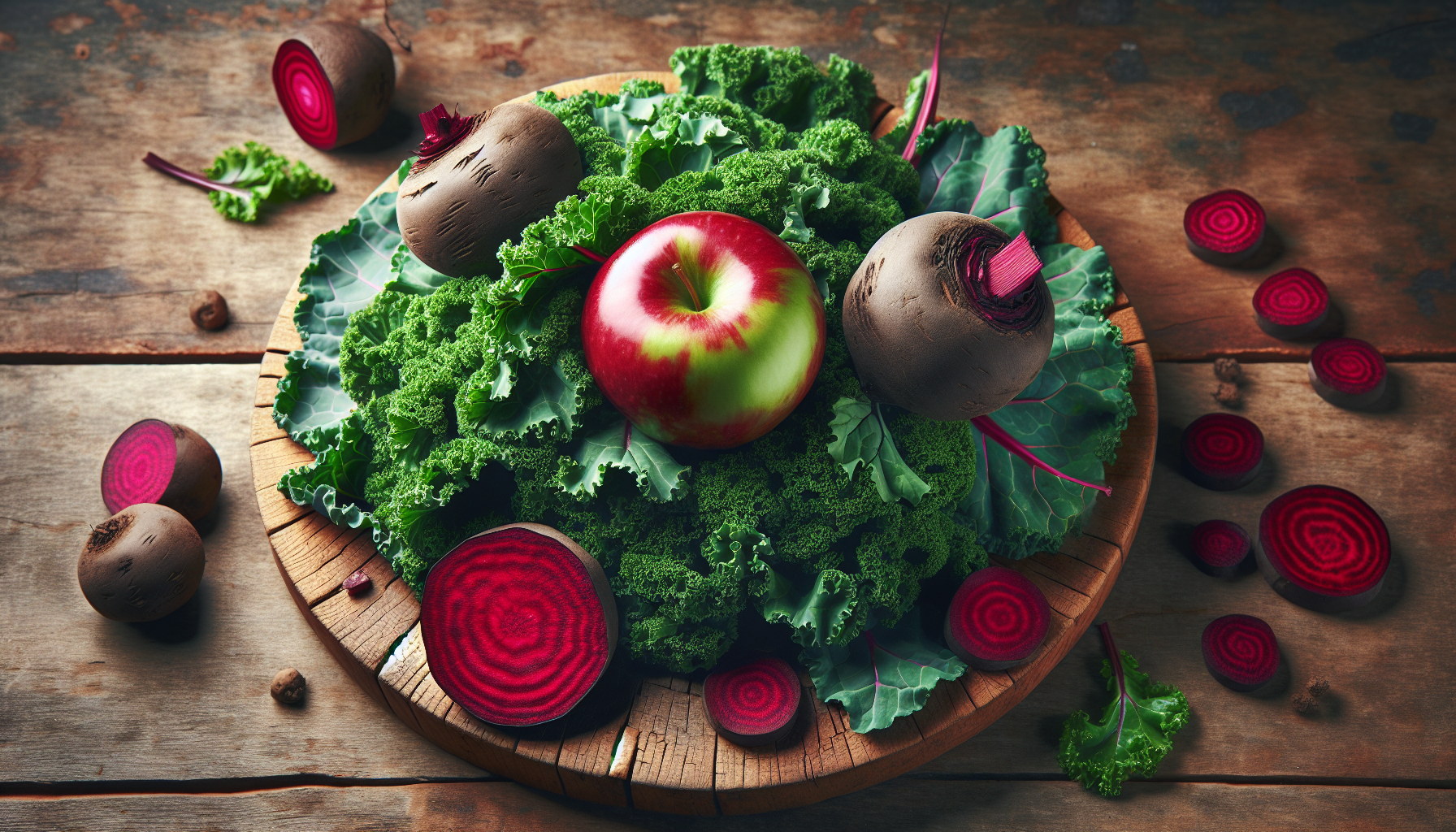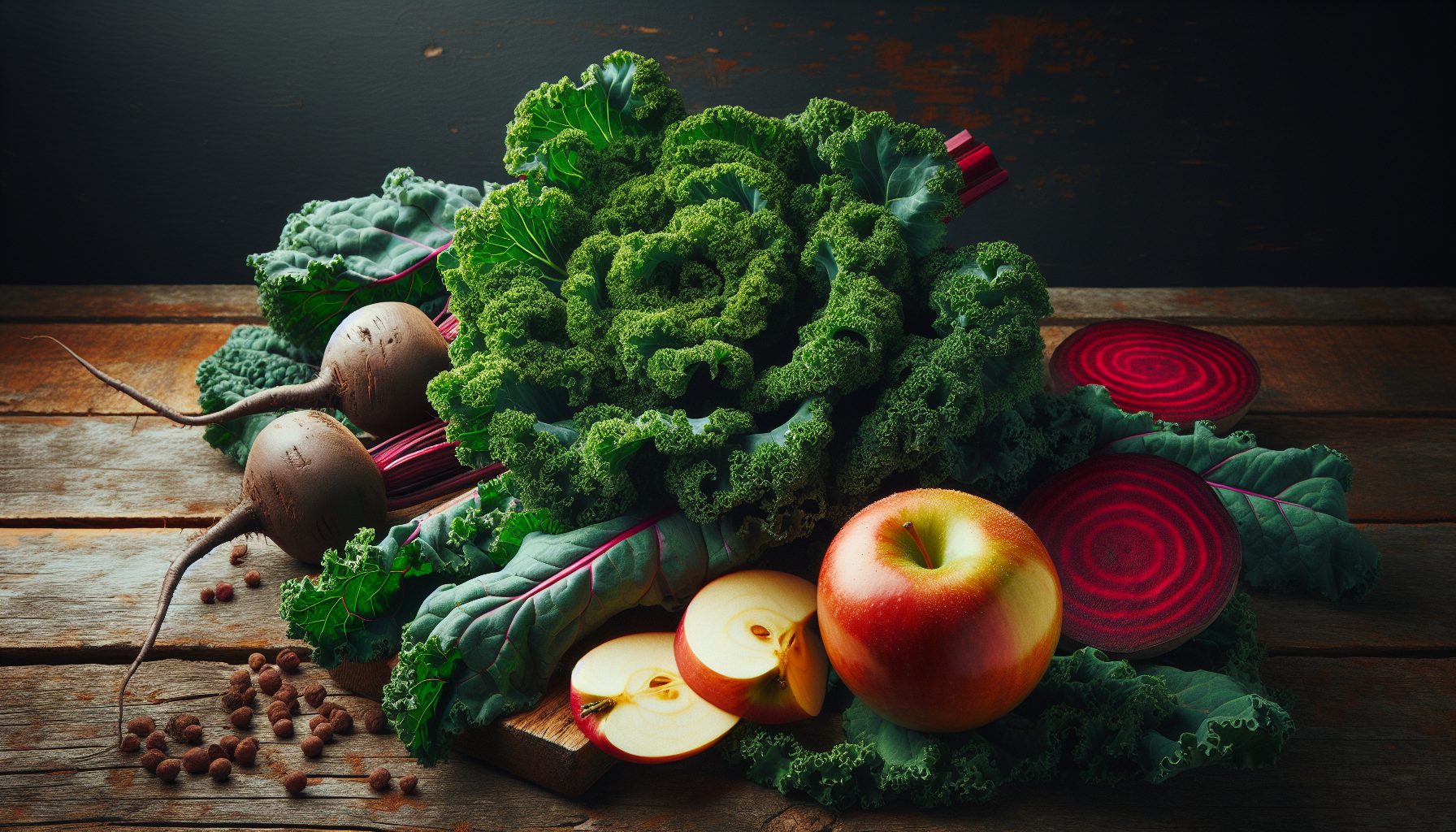Have you ever wondered how your diet might influence your weight loss journey? Often, the foods we eat have unexpected effects on our bodies, weighing us down or lifting us up in ways we may not fully understand. One such factor that could be influencing your weight loss is oxalate intake.
What Are Oxalates?
You might have heard of oxalates before, but what exactly are they? Oxalates, or oxalic acid, are naturally occurring substances found in many foods. Your body absorbs oxalates from these foods, and while they are generally safe in moderate amounts, they can pose issues if accumulated excessively.
Sources of Oxalates in Your Diet
You may be surprised to find out that many common foods contain oxalates. Here’s a quick breakdown of high oxalate foods:
| Food Category | High Oxalate Foods |
|---|---|
| Vegetables | Spinach, beet greens, Swiss chard, rhubarb |
| Fruits | Kiwi, blackberries, grapes |
| Nuts and Seeds | Almonds, cashews, peanuts |
| Grains and Legumes | Quinoa, soy products, beans |
| Beverages | Tea (especially black and green), cocoa |
Eating these foods in moderation is usually safe, but if you have a history of kidney stones or certain health conditions, it may be worth paying closer attention to your oxalate intake.
How Oxalates Affect Your Body
You might be curious how oxalates impact your body. Oxalates can bind with calcium in your gut, forming a compound that can lead to kidney stones. But it’s not just about kidney health; oxalates could also affect how your body processes certain foods, thus potentially influencing your weight.
Oxalates and Nutrient Absorption
One of the key ways oxalates affect your body is through nutrient absorption. When oxalates bind with minerals, they can hinder the body’s ability to absorb calcium, iron, and magnesium. If you’re not getting enough of these essential nutrients, it can slow your metabolism and affect your weight loss efforts.
The Link Between Oxalate Intake and Weight Loss
You may be asking yourself how exactly oxalate intake correlates with weight loss. While the relationship isn’t straightforward, understanding it can add depth to your diet strategy.
Caloric Density of High Oxalate Foods
A number of high oxalate foods are also calorie dense, which might impact your weight. For example, nuts are high in both calories and oxalates. If you enjoy snacking on almonds and cashews but aren’t mindful of portion sizes, they could introduce unnecessary calories into your diet.
By being aware of what you’re consuming, you can make more informed choices and potentially create a calorie deficit, which is essential for weight loss.
Satiety and Fiber Content
On the flip side, many high oxalate foods are rich in fiber, like leafy greens and certain fruits. Fiber is key in promoting satiety, helping you feel full longer. The more satisfied you feel, the less likely you are to reach for unhealthy snacks. So, incorporating some high-oxalate foods in moderation can still support your weight loss journey if done mindfully.
Managing Oxalate Levels in Your Diet
If you’re concerned about your oxalate intake, you might be wondering how you can manage it effectively while still working towards your weight loss goals.
Moderation is Key
You don’t have to eliminate high oxalate foods entirely. It’s all about finding the right balance. Consider enjoying spinach in smaller quantities or pairing it with calcium-rich foods that can minimize the risk of oxalate absorption.
Varied Diet
A varied diet is crucial. Incorporate low oxalate foods into your meals to ensure you’re getting a range of nutrients. Some examples of low oxalate foods include:
| Food Category | Low Oxalate Foods |
|---|---|
| Vegetables | Kale, broccoli, cauliflower |
| Fruits | Apples, blueberries, bananas |
| Grains | Rice, cornmeal, quinoa |
| Proteins | Egg, chicken, fish |
By filling your plate with low oxalate options, you can mitigate the potential negative effects of oxalates while still enjoying a colorful and nutritious diet.
Signs of High Oxalate Intake
You might wonder how to tell if you’re consuming too many oxalates. Awareness of the signs can be incredibly empowering.
Kidney Stone Symptoms
The most serious consequence of high oxalate intake is kidney stones. If you’re experiencing sharp pain in your back or side, blood in your urine, or painful urination, these may be signs that you need to cut back on high oxalate foods.
Gastrointestinal Issues
Some individuals may experience gastrointestinal issues, such as nausea, cramping, or diarrhea after consuming foods high in oxalates. This can be a signal that these foods don’t sit well with you, and moderation or avoidance might be necessary.
Oxalate Testing Options
If you’re concerned about your oxalate levels, you might consider testing them. Medical professionals can conduct urine tests to measure oxalate levels, which can provide you with valuable insight into your dietary habits.
When to Seek Medical Advice
If you have a history of kidney stones or experience symptoms related to oxalate intake, it’s wise to consult a healthcare professional. They can guide you on managing your dietary choices and achieving weight loss while maintaining renal health.
The Role of Hydration in Managing Oxalate Levels
You might not realize that staying hydrated can play a critical role in managing oxalate levels. Increased fluid intake can help dilute oxalates in your urine, making it less likely to form stones.
Recommended Hydration Tips
Here are a few tips to help you stay hydrated:
-
Drink Water Regularly: Aim for at least eight 8-ounce glasses of water daily, and increase this amount if you’re physically active.
-
Infuse Your Water: If plain water feels boring, consider infusing it with fruits and herbs to make it more enjoyable.
-
Monitor Your Urine Color: A pale yellow color typically indicates proper hydration, while dark yellow or amber signifies that you need to drink more water.
Finding the Right Balance: Practical Strategies
You may want to know how to weave this information into your daily life. Here are some practical strategies that help harmonize oxalate intake with your weight loss endeavors.
Meal Planning
Beginning with meal planning can streamline your dietary choices. Create a weekly menu that incorporates both high and low oxalate foods, allowing flexibility while also being mindful of nutrients and oxalate levels.
Mindful Eating Practices
Practicing mindful eating can also play a part in your journey. Pay attention to how different foods make you feel and adjust accordingly. You may discover that you feel more satisfied with lower oxalate meals, aiding your weight loss goals.

The Takeaway: Understanding Your Body
Ultimately, the relationship between oxalate intake and weight loss boils down to understanding your body’s unique response to different foods. There’s no one-size-fits-all approach here. By being mindful of what you eat and how you feel, you can shape your diet to work in your favor.
Moving Forward
As you move forward, consider keeping a food diary to track your oxalate intake and correlate it with how your body feels. Take note of any changes in your weight or energy levels, and use this information to make informed dietary decisions.
Remember, seeking support from healthcare professionals or nutritionists is always an option if you’re unsure. Information can empower you, but making the right choices based on that information is a journey that’s uniquely yours.
Letting Go of Food Guilt
You might find yourself feeling guilty about certain food choices, especially if you’ve come across information suggesting that some foods are inherently “bad.” It’s essential to approach your diet with compassion and flexibility. Balance is key, and allowing occasional indulgences can help alleviate the stress and guilt associated with strict dietary constraints.

An Inclusive Perspective on Weight Loss
There’s a wealth of information out there, and sometimes it can feel overwhelming. Remember that your path to weight loss is yours alone. The journey might involve ups and downs, and that’s entirely okay. Incorporating higher oxalate foods mindfully doesn’t mean you’ve derailed your efforts; rather, it means you’re enacting a more holistic approach to your health.
Continuous Learning
Be open to continuous learning. Stay informed about nutritional science and consider how it applies to your life. The clearer you are on how your body reacts to various foods, including oxalate-rich ones, the more empowered you’ll feel in making choices that support both your health and your weight loss goals.
In Conclusion
Understanding oxalate intake and its relationship with weight loss opens a new layer of knowledge that can influence how you approach food and your weight management journey. By being aware of the foods you eat, balancing high and low oxalate options, staying hydrated, and allowing yourself the grace to enjoy food, you can foster a healthier relationship with what’s on your plate.
You’re in control of your journey. With informed choices, you’ll continue to shape your path toward weight loss while embracing the complexities of nutrition—after all, it’s not just about the number on the scale, but about how you feel in your own skin.




